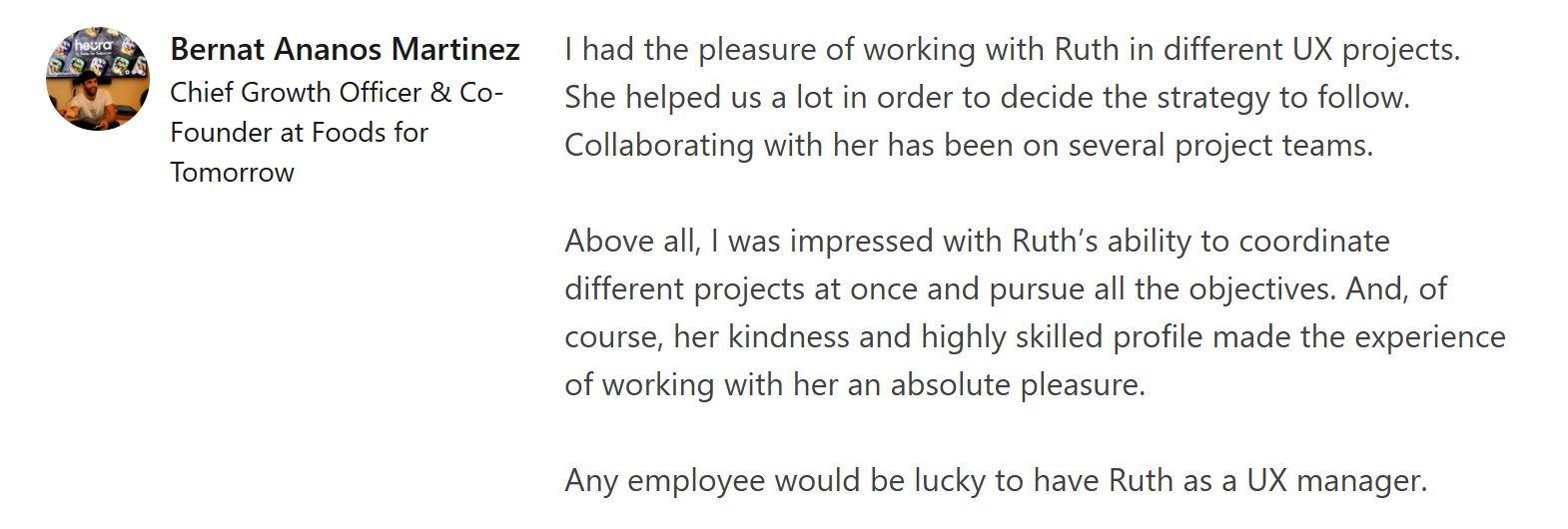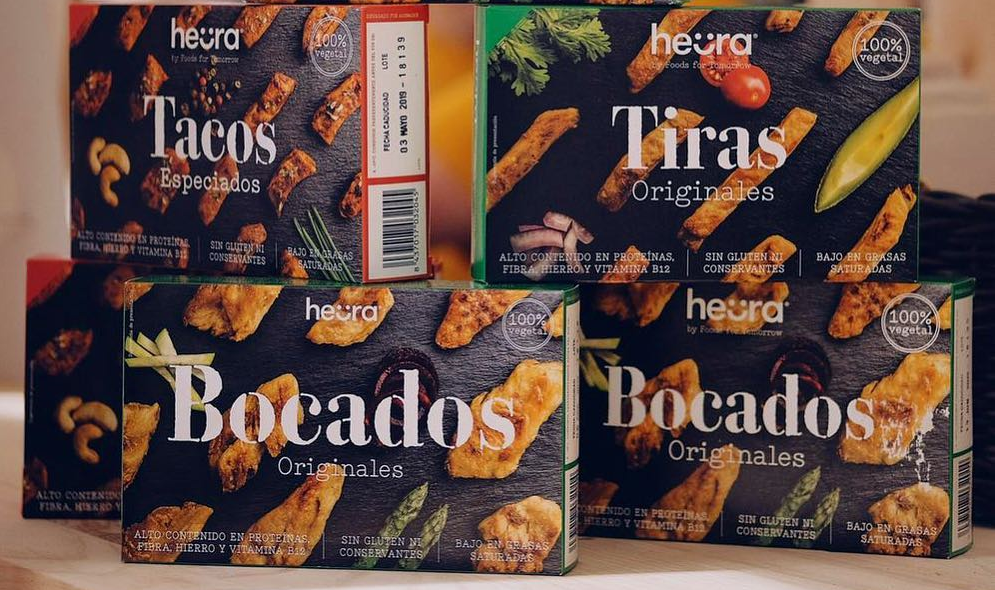When the guys from Foods For Tomorrow first knocked on my door, they had a challenge in their growth stage: arriving new customers while maintaining the existing ones. So, we started working on building customer empathy towards its product, Heura.
Later on, the insights from every action took us to the next research step.
Talking to people, building empathy
Step 1. Bipolar Laddering interviews
Heura’s main customers were mainly vegetarians and vegans. So, the first step in the research was understanding their real experience with the product. To do so, we run in-deep interviews based on the Bipolar Laddering technique.
As the company had quite a large number of followers on Instagram, we decided to use their social network to actual customers for the interviews. Recruitment process was clean and easy.
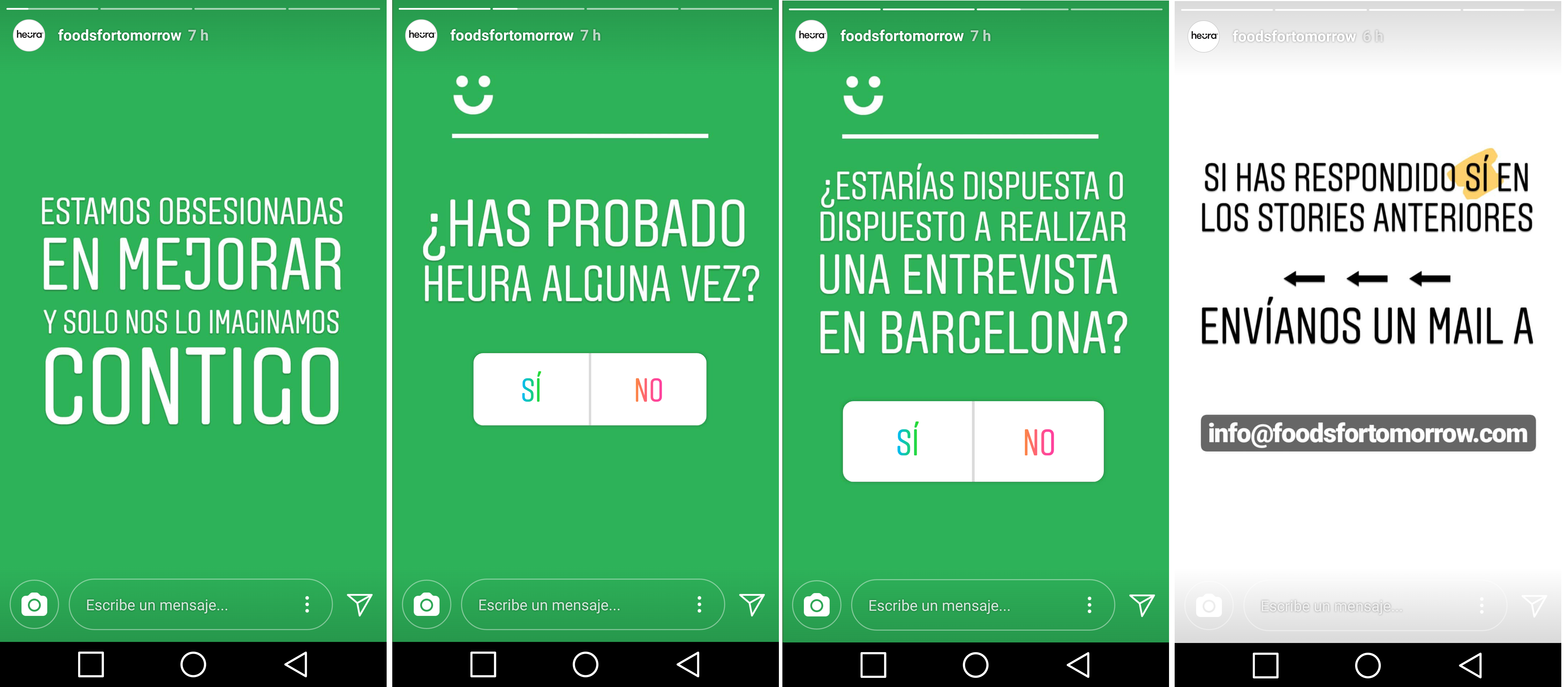
In two days the campaign generated lots of petitions so we could filter profiles and arrange meetings in a week.
Finally, there were 10 people involved, 3 men and 7 women. Ages: 21-45 and all of them were vegan / vegetarian.
Main insights
During the interview sessions people showed happy to contribute and they stated about the pros, cons and also gave some improvement ideas.
Main pros
- Taste: Everyone interviewed stated it tastes like chicken.
- Texture: For vegan people it is comforting to be able to enjoy a palatable meat-like food without animal abuse.
- Easy to cook: It’s very easy to keep it frozen and to cook 2 minutes in a pan.
Main cons
- Price: Heura is very expensive 27.2€/kg.
- Quantity per box: Each packet contains 180g, people interviews think this is a short quantity.
- Plastic in packaging: Packaging includes plastic.
- Ingredients: Why sunflower seed oil when the spanish diet is olive oil based?.
Other insights
- During the interviews, most of the people mentioned recipes like Heura kebabs. They also state their desire for fast-food. So we found strong evidence that vegan people were mad about having junk food adapted to their diet.
- The rest of the findings are not public, since the company is working on them and they are protected by professional confidentiality.
Main outcomes
After the interview round the company implemented some changes in their product.
Family or storage size option
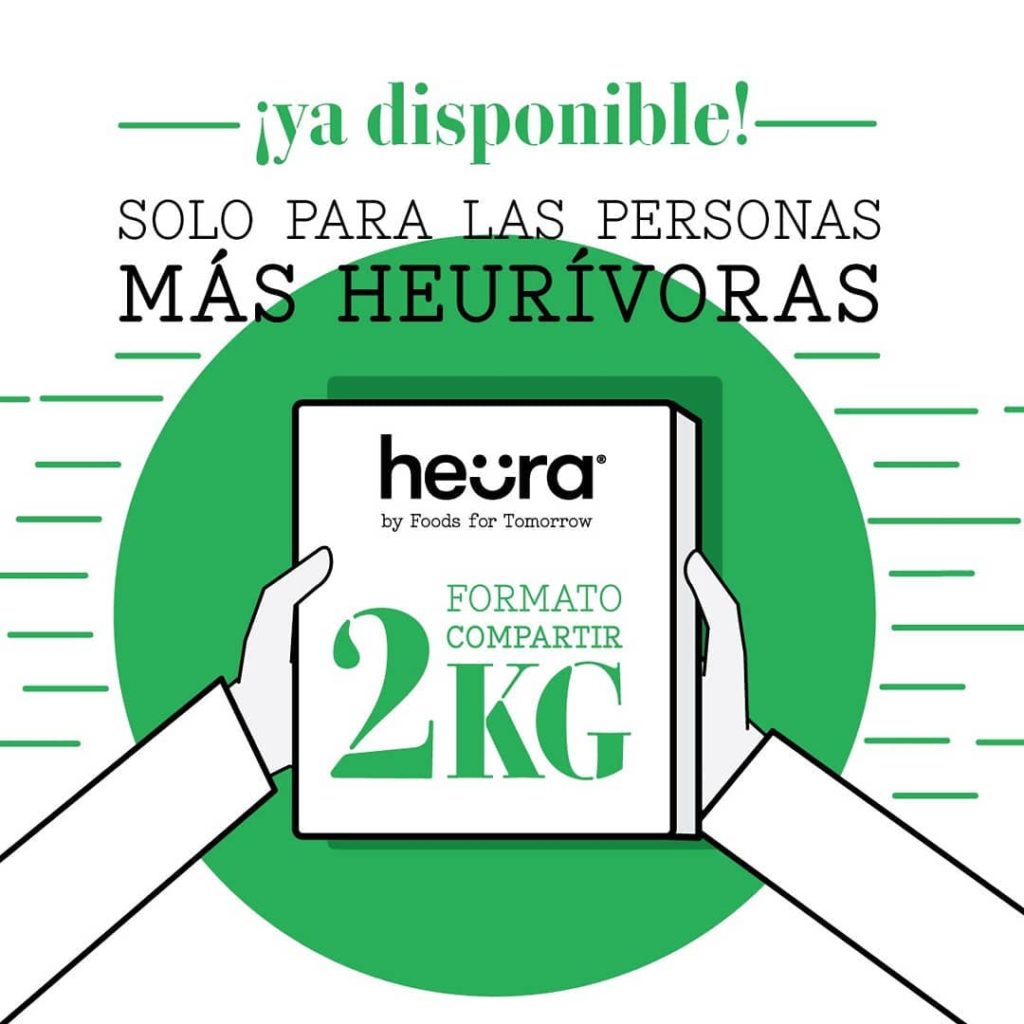
Heavy users complained about the fact of not having a family size option that allows them to feed the whole family or to keep in the fridge.
Company decided to give 2kg hospitality packages a try and introduce it in vegan stores with great success.
Vegan junk food, here you have.
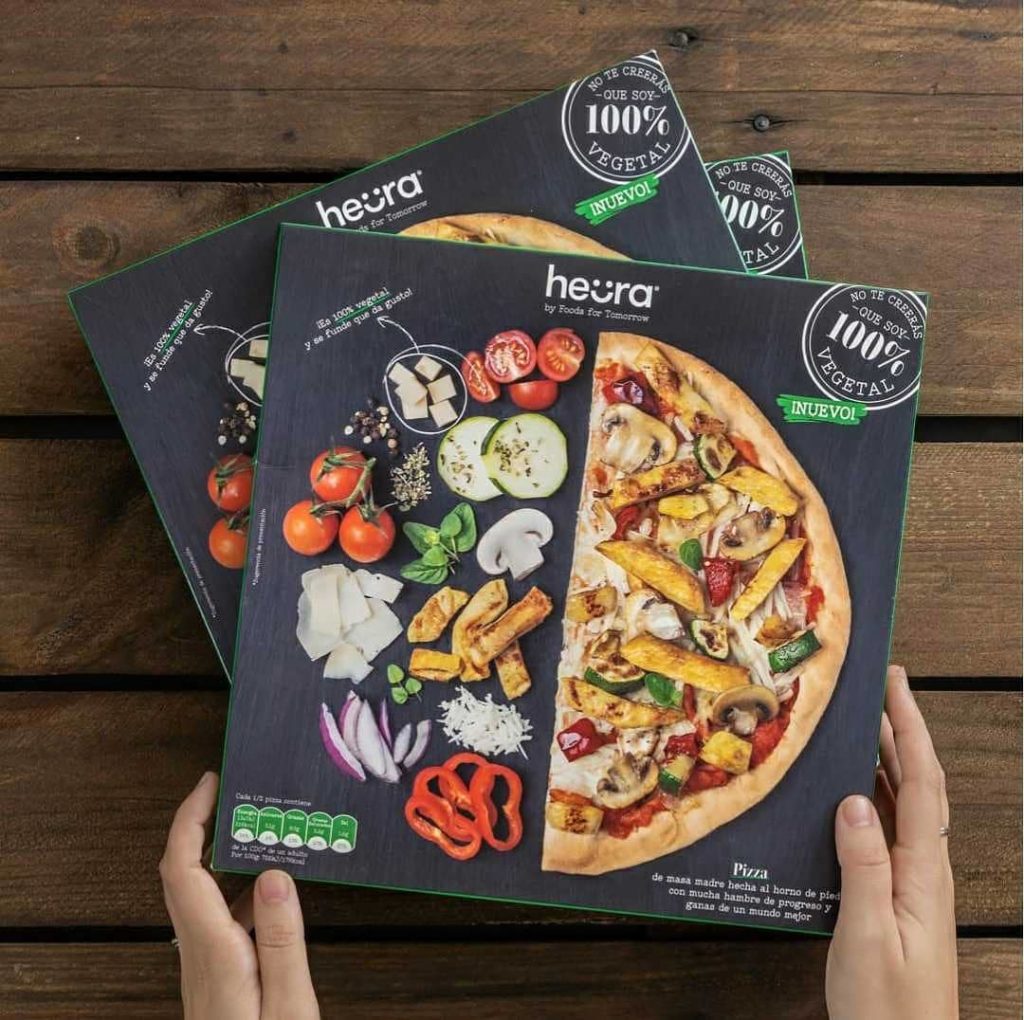
During interviews there is strong evidence detected about the necessity of having vegan junk food.
Brand has now pizzas, hamburgers and meatballs.
Improve packaging and ingredients.
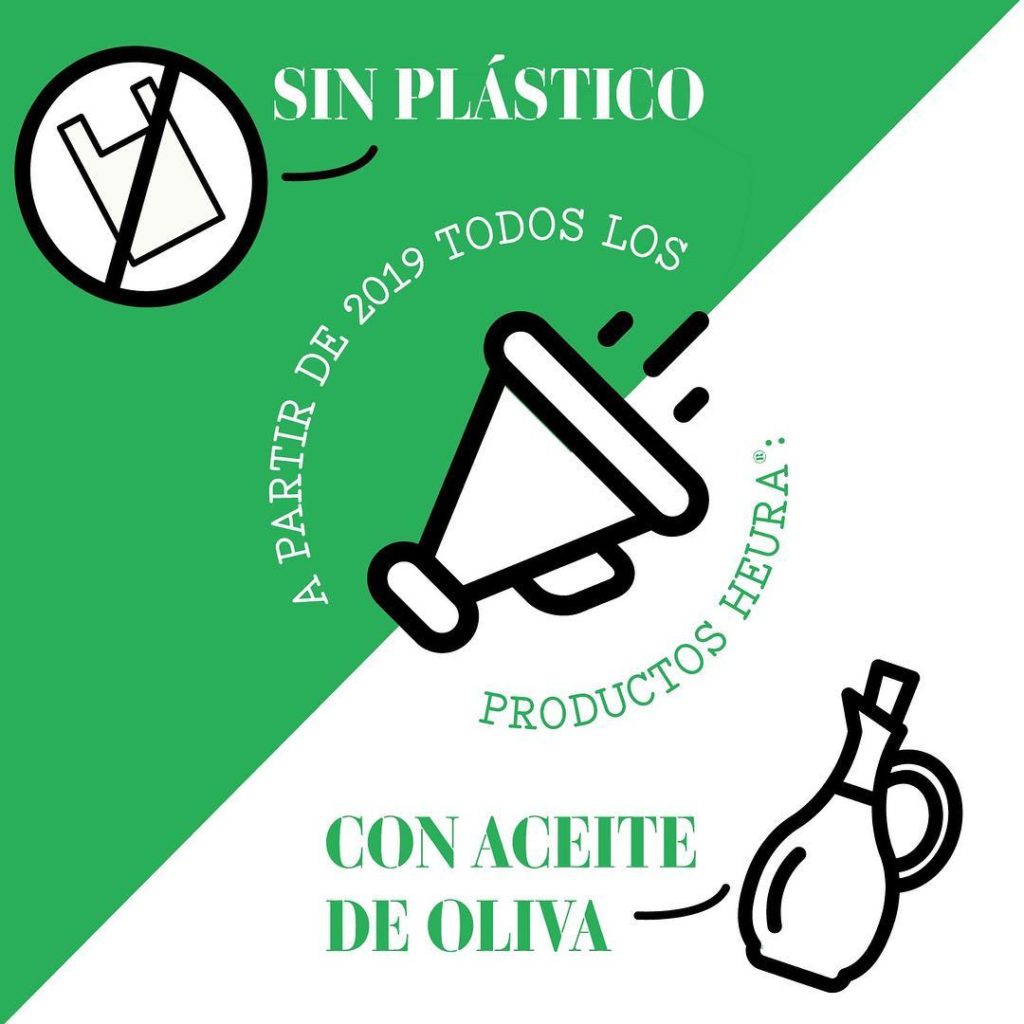
Users ask for more sustainable packaging and use of better oils.
Company eliminated plastic on the packaging and introduced olive oil in the recipe.
Next steps
At the end of this phase, we agreed on interviewing only vegetarian/vegan people was not enough, and it may cause bias. So we decided to take research to the next level, and understand how to attract non veggie people.
Next steps:
- Understanding how non vegan , mainly flexitarian, people will approach the product.
- Understand how to reach market and how to attract them.
2. Focus group
Flexitarians are those people who are actively looking to reduce their meat consumption but want high quality and healthy protein. It seemed legit to start our second step in this research with this part of the population.
Objectives during this phase were based on three subjects:
- Understand how non-vegan people will approach the product.
- Understand how to reach them.
- Understand how they perceived the product.
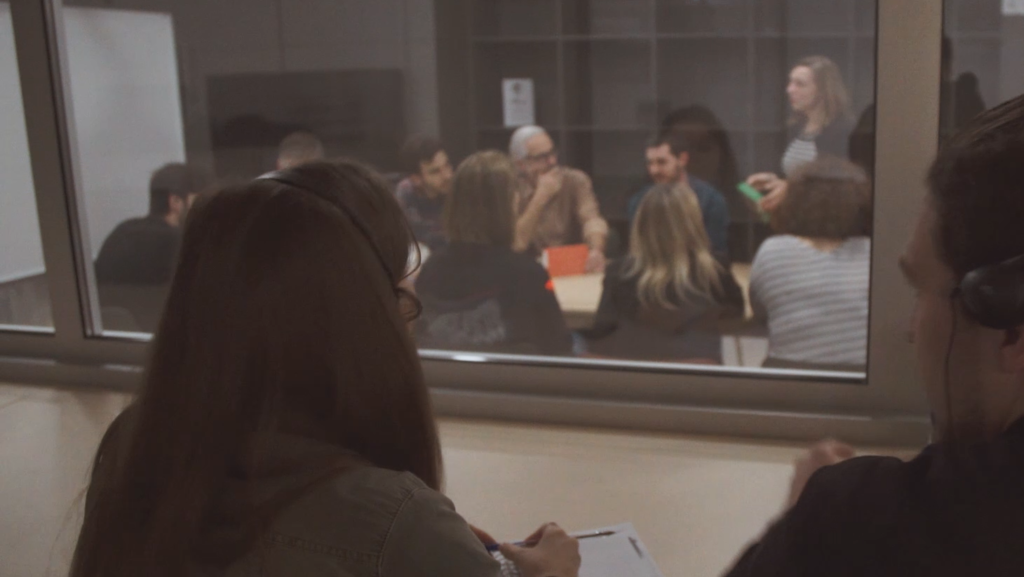
Together, we designed a session that began by asking about finding and buying alternatives to meat to progressively narrow down the scope, and focus them on the product, its packaging and its taste.
To hit the objectives, we didn’t want to interview people that had already had a previous experience with Heura, we wanted genuine reactions to the product, so we had to rely on a recruitment agency to make the participant selection.
Finally we had 10 people involved, 5 women and 5 men with ages between 21 and 45 years.
Main insights
- Packaging doesn’t make clear what is the box and its real size. A photographic composition as the one on the box, is attractive but not clarifying enough.
- The packaging does not transmit effectively that the product is 100% vegetable.
- The fact of being frozen is seen as a nuisance. Potential users don’t want to wait for the product to defrost.
- The price is far above their expectations. This fact is revealed as a brake on the purchase.
Main outcomes
The packaging to distribute in supermarket chains has changed a lot.
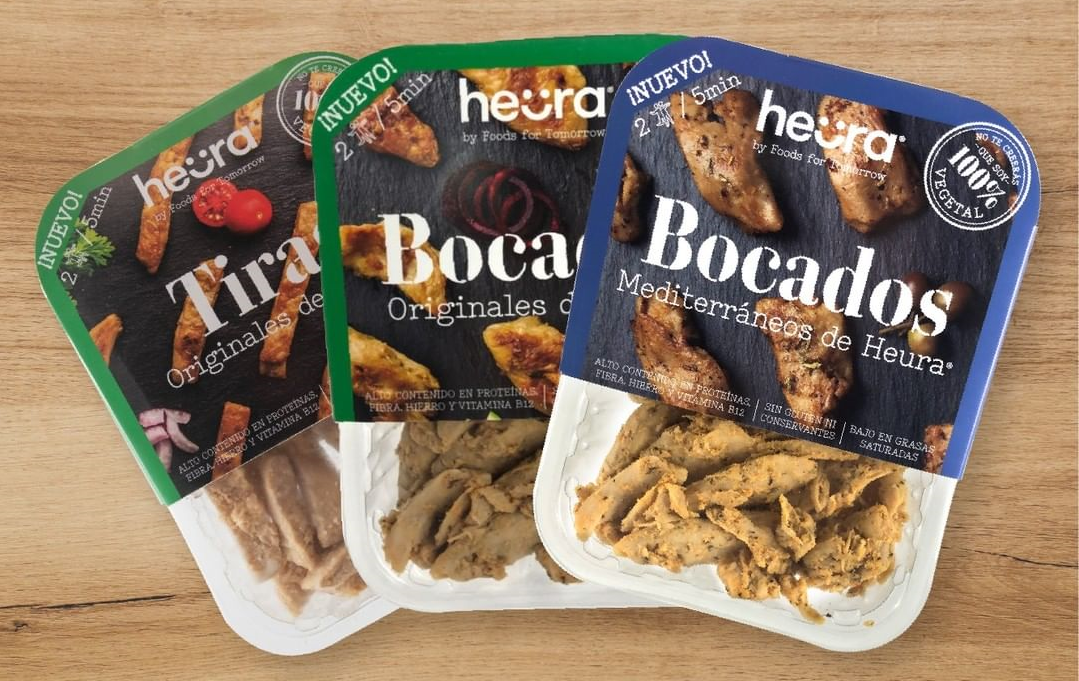
As seen in the picture above
- The product is now refrigerated and not frozen.
- The product content is now visible.
- The claim “100% vegetable” has now more visual relevance.
Testimonial
